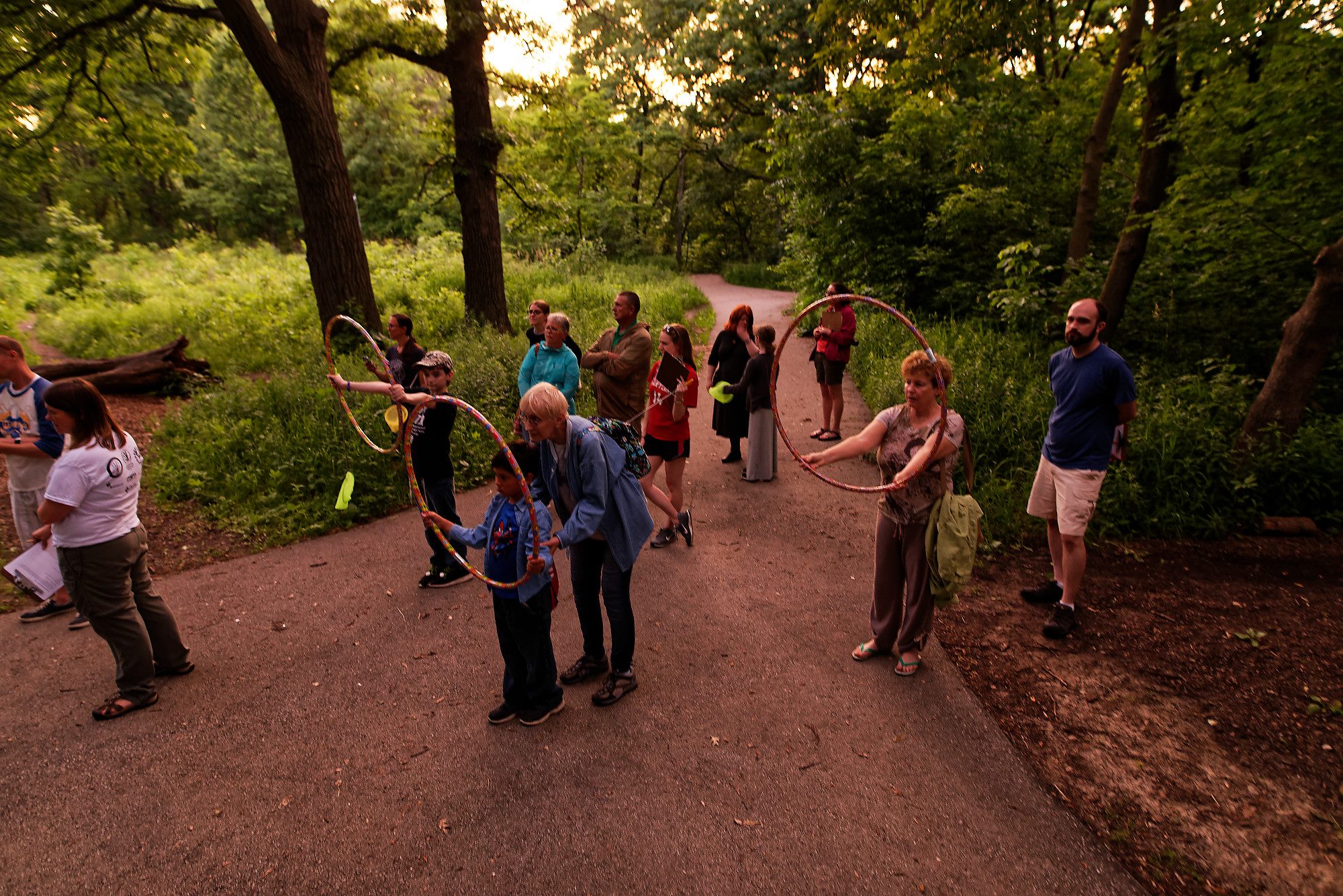The curiosity often ends there, but if you dig a little deeper, these fireflies are quite fascinating, and they’re not really “flies” at all! Fireflies are actually beetles belonging to the order Coleoptera and furthermore to the family Lampyridae. Fireflies share this family with the soft-bodied glowworms but are distinguished by their presence of wings. The adults lay their eggs underground and the larvae feast on creatures like slugs and worms until they reach adulthood, and similarly to all beetles, they undergo complete metamorphosis, meaning they pupate before becoming adults. Interestingly, once reaching adulthood, most fireflies rely on sources of nectar and pollen rather than other insects to sustain themselves.

Fireflies are incredible in that they are bioluminescent, meaning that they are able to create light with their bodies through a chemical reaction. That bright green, amber or yellow-colored flash you see is a combination of chemicals in their bodies that react together and create light in the abdomen. Not all flash colors or patterns are the same – they actually differ between species and are most commonly used as a tool to find mates. There is the potential that their luminescence is also related to defense against predation, like the aposematic coloration of a monarch butterfly or a coral snake. Their brightly colored flashes could be a warning sign to predators.
In particular, the larvae are great at managing crop pests and are also terrific environmental indicators, being able to tell us about the health of the environment they’re living in. Unfortunately, like many species, certain species of fireflies are reportedly in decline throughout North America, likely due to loss of wetland habitat as well as excessive light pollution.

2018 Firefly Monitoring Kickoff Celebration. Photo credit: Peter Chow
Note: The hoops are being used to help focus the kids' attention on the fireflies that they see within that hoop, rather than looking all around them.
Wisconsin fireflies are still relatively new to study in Wisconsin and there is much to learn about them. The Urban Ecology Center is partnering with the Milwaukee Public Museum to study these creatures and will have various opportunities for community scientists and families to join in the exploration! Milwaukee Public Museum will be visiting Riverside Park from 7:30-9:00 pm on June 27th, July 17th, and August 19th. The Urban Ecology Center will also be hosting “Evening BioBlitzes,” mini data-collecting sessions on various taxa, including fireflies, on July 22 at Washington Park from 8:00-10:00 pm, August 19th at Riverside Park in conjunction with Milwaukee Public Museum from 7:30-10:00 pm, and on August 21st at Menomonee Valley from 8:00-10:00 pm.
Join us in the exploration this summer!
Firefly photo credit: Terry Priest
Sources:
“Chemistry of Bioluminescence.” BL Web. 10 January 2019. https://biolum.eemb.ucsb.edu/chem/index.html.
“Fireflies.” National Geographic. 24 September 2018. https://www.nationalgeographic.com/animals/invertebrates/group/fireflies/.





